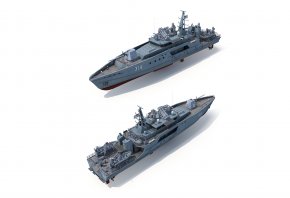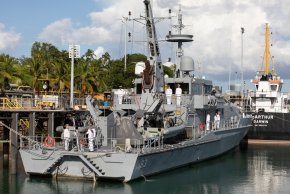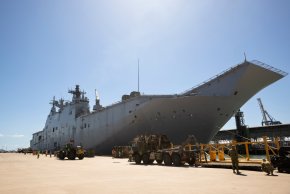Todjaeger
Potstirrer
As I understand it, sort of yes but also in many respects, "no."Without wanting to restart a discussion about an Aircraft carrier for Australia. I finally had time to watch this YouTube video.
Putting aside the upscaled and navalised MQ28 …..one aspect discussed around the 55 minute was the claim a F35B ASEA radar could effectively be used as an Early Warning radar to give ships targeting data against inbound Anti Ship Missiles at ranges of up to 100 miles when flying at 30000 ft.
Is that a valid claim?
There is a significant problem that many, in the public especially, are largely unaware of with respect to radars and early warning systems. By virtue of what frequencies and RF bands used (not counting the tricksy OTHR systems and possibly some weather radars) the radar systems used are basically directional in nature. The radar system emits a pulse (or pulses) and then is looking to receive a reflection back aka the return, if/when the emission comes in contact with something which would be in the vector which the emission traveled away from the radar system.
Where this becomes important for early warning and broad area sensing/surveillance systems is that wide arcs of coverage are needed in potentially detect objects. This is why area search radars fitted aboard aircraft and warships are either mechanically turned, so that the radar array can cover the entire area, or there are individual radar arrays to cover the approach arcs. With a fighter radar like the APG-81 AESA radar in the nose, most of the area around the F-35 could not be scanned by the radar unless the fighter itself was constantly conducting turns to cover/refresh return data on the approaches. Not sure what the arc is for the F-35 radar, but it is no where near 180 degree coverage, much less 360 degrees. The radar itself should work to detect a potential contact at a distance, provided that the contact is within the arc of the radar array. However if the F-35 is on a heading which is even a few degrees off from the potential target, it could very well escape detection if everything is reliant upon the F-35 for early warning




